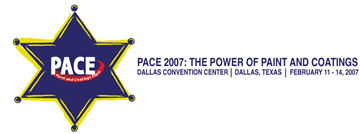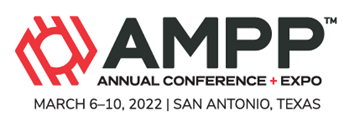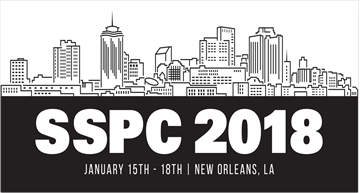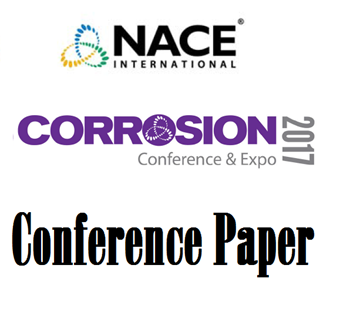Search
Individual Conference Papers
View as
Sort by
Display
per page
Self-Stratifying Environmentally Friendly Alkyd Coatings
Product Number:
51216-005-SG
Publication Date:
2016
$20.00
Sensitivity of Localized Corrosion of Additively Manufactured Alloy N06210 in Green death solution
Product Number:
51319-13249-SG
Publication Date:
2019
$20.00
Sensitivity Study Of Typical Pipelines And Station Pipes In Hydrogen Environment
Product Number:
51322-17707-SG
Publication Date:
2022
$20.00
Sensitization Behavior of Alloy C-276 as a Function of Mu Phase Precipitation
Product Number:
51319-13421-SG
Publication Date:
2019
$20.00
Sensitization Resistance of Alloy UNS N08825 After Different Mill-Annealing Temperatures and Times
Product Number:
51321-16395-SG
Publication Date:
2021
$20.00
Sequential Combining of Ultraviolet Light and Salt Spray Stresses: Toward the Next Generation of Test Methods
Product Number:
51218-111-SG
Publication Date:
2018
$20.00
Service Performance of Ni-Al Bronze in Marine Environments
Product Number:
51317--9298-SG
ISBN:
9298 2017 CP
Publication Date:
2017
$20.00
Setting The Bar For Composite Repairs – Now And In The Future
Product Number:
51319-13136-SG
Publication Date:
2019
$20.00
Seven Ways Plural-Component Spraying Equipement Provides Savings and Improves Performance
Product Number:
51220-258-SG
Publication Date:
2020
$20.00
Several Case Studies of Causes and Effects of Cuprosolvency
Product Number:
51319-12992-SG
Publication Date:
2019
$20.00












